Dogs of War: Did You Hear Something?
Dogs of War: Did You Hear Something?
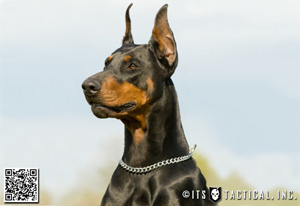 In my previous articles about the capabilities of dogs and their application to tactical teams we explored the dog’s ability to fight with humans, their ability to carry specialized equipment into the field for us, and their ability to detect scent.
In my previous articles about the capabilities of dogs and their application to tactical teams we explored the dog’s ability to fight with humans, their ability to carry specialized equipment into the field for us, and their ability to detect scent.
Today I would like to discuss some of the tactical applications of a dog’s increased hearing capabilities.
A dog’s sense of hearing can be especially useful to smaller teams like the MAC-V SOG teams in Vietnam, or sniper teams who are particularly vulnerable to being overrun by larger units. Detecting an enemy’s approach allows these soldiers to conceal themselves or move to avoid being detected.
How Well do Dogs Hear?
According to a study by Louisiana State University on the ability of various animals to detect sounds at specific loudness levels and frequencies, the human range of hearing is between 64Hz and 23,000Hz. This same test determined that dogs had a range between 67Hz and 45,000Hz. Other studies suggest an upper limit as high as 65,000Hz. This indicates that dogs and humans have equivalent hearing in the lower frequencies, but that dogs can detect sounds at much higher frequencies than humans. Some studies of dogs also indicate that they can detect sounds up to four times softer — or further away — than we can.
Dogs have ear mobility, which allows them to rapidly pinpoint the exact location of a sound. Eighteen or more muscles can tilt, rotate, raise, or lower a dog’s ear. In addition to detecting sounds up to four times further away, a dog can identify the location of a sound much faster than a human. A sound that you can hear at 20 meters can be detected by a dog at 80 meters.
Tactical Application of a Dog’s Hearing
A number of years ago I spent several months developing sniper team integration of dogs as well as counter sniper tactics. The idea was that you could train a dog to accompany a sniper team and eliminate the danger of the team being sneaked up on, as well as allow the team all of the previously discussed benefits.
When I started working with the dogs to detect and locate sniper teams, we attended several sniper competitions in various states. We tracked military, law enforcement and civilian sniper teams. I started the training with the theory that the primary detection method would be scent, achieved by running the dog along likely avenues of travel. The dog could then run that scent down, hopefully to an unsuspecting sniper team.
What I found was quite shocking to me at the time. My dogs would indicate on sniper teams sometimes as far away as two miles over open terrain. Integrating the indications my dog was giving me with binoculars allowed me to locate teams at great distances. What was the dog using to find these teams at such distances? Their ears. As we experimented with these techniques I discovered that the components typically used by humans make noise that we can’t detect, but that the dogs zero in on. This is especially prevalent in a rural environment when such sounds are out of the ordinary.
My dogs understood that we were out there looking for something, and when they realized it was these sniper teams, they would zero in and want to track them long before I would have ever been able to identify them with even the most advanced hearing hardware.
But not all tactical teams are tracking or even concerned about sniper teams. Dogs can also use their hearing to locate sentries in a compound, detect approaching enemies in a patrol base or defensive position, or even indicate on enemy positions for standard infantry units conducting patrols and movement to contact missions.
Integrating the Various Capabilities of Dogs into Tactical Solutions
There are many ways to turn the capabilities of dogs into force multipliers to solve tactical problems. Allow me to briefly describe a couple of them.
Going back to the counter sniper application, the dog would indicate on the location of the sniper team at great distances. If I wanted to capture or kill said team, I would need to get much closer. So, using binoculars, I would locate the team the dog was indicating on and make a mental note of the nearest terrain feature; trees on a grassy plain were my favorite.
You could also use range finders and GPS to plot the grid on a map. Either way, I knew the team’s location at that time. I would then move to that location using cover and concealment. Once at that location, I would begin tracking the team with my dog using his sense of smell. This allowed me to track down and “kill” every team on every exercise we participated in. On the longer exercises, we found every team multiple times. In fact, several of the teams wanted to start fights after being located for the third time in two days. The technique proved to be very successful.
Another situation where a dog could provide solutions using multiple senses would be one similar to the Osama Bin Laden compound raid. Let’s say that Bin Laden received advanced notice that a US Navy SEAL team was coming to pay him a visit. He flees to a nearby cave. Just before the raiding party arrives, the SEAL sniper teams move into position with their dogs and begin locating sentries to take out just prior to touch down of the main body. The team lands and conducts a sweep of the compound using the dogs to clear their route of hostiles and explosives.
They get to the room that intelligence indicated was where Bin Laden slept, and find nothing. Using the dog, they know that there was someone here recently, so they grab a scent article (item of clothing, cut a piece from his pillow case, etc) and start their track. Before day break, they locate the cave, deploy the dogs to confirm that there are hostiles, and either enter and clear the cave, killing their target, or call in air strikes and collect little pieces of Bin Laden to confirm he is actually little pieces of fish food.
As I mentioned, applying a dog’s capabilities is almost endless, but I hope you get the idea.
Conclusion
Consider that even if I had equipment that could replicate these hearing abilities, it could not then transition from hearing detection to scent detection. Nor could it detect explosives or track. This same equipment could not then transition into a combat effective machine, disarming and causing confusion among my enemies. There is simply nothing that man possesses that can replicate the capabilities of the dog.
Join us next time as we discuss in more detail the equipment used by these dogs to make them complimentary to the high tech warriors they accompany on the battlefield.
Joel is the founder and head trainer of Dunetos K-9, a training facility and equipment manufacturer specializing in Tactical and standard K-9 equipment. He has been training and handling dogs for over 10 years and works closely with Baden K-9, a highly respected training facility in Ontario, Canada. Joel has served in the United States Army for 11 years as a Military Police Officer deploying to the Pentagon days after the 9/11 attack, Afghanistan (2003), Iraq (2007) and is currently serving in Bogota, Colombia (2011) in the War on Drugs. Joel has specialized in integrating dogs into every aspect of life, from personal obedience and protection to specialized military application.






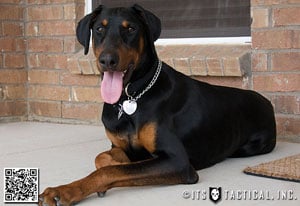
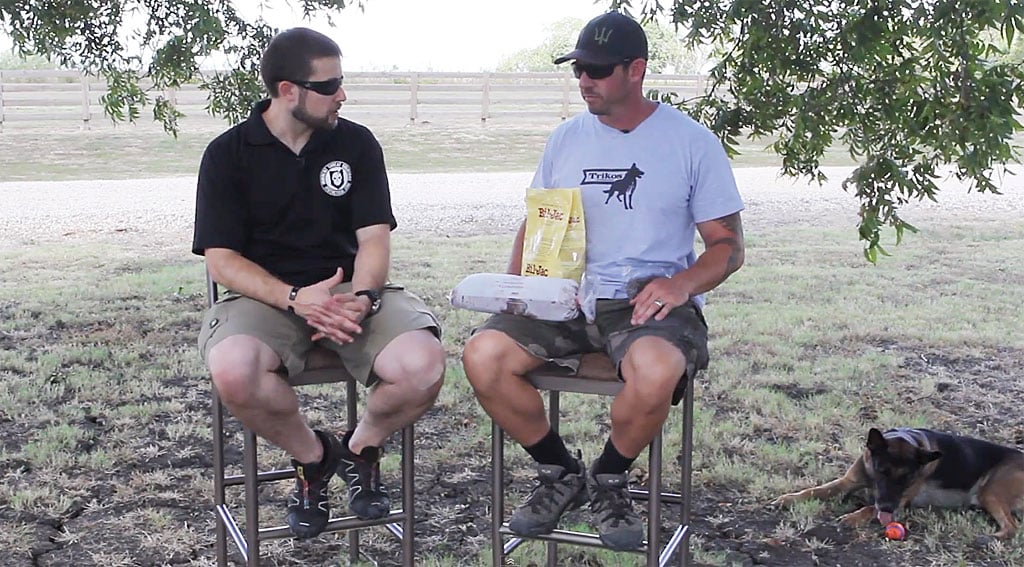
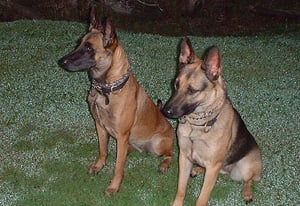
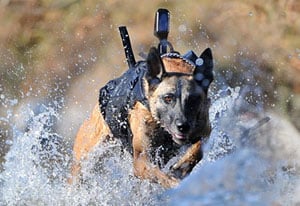

Discussion